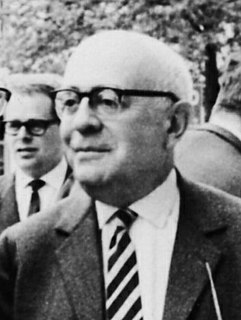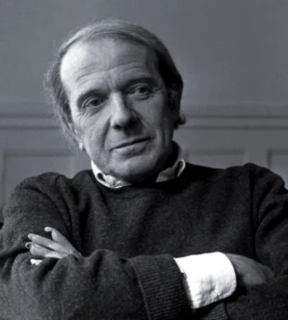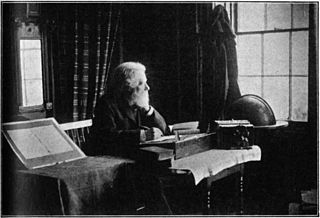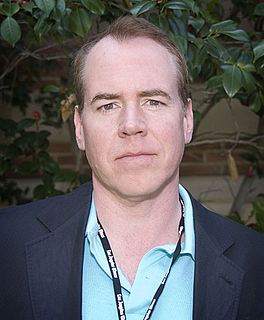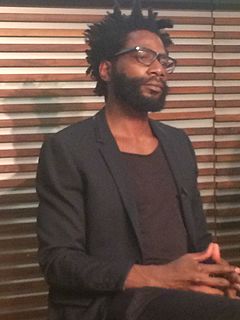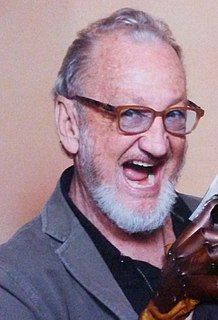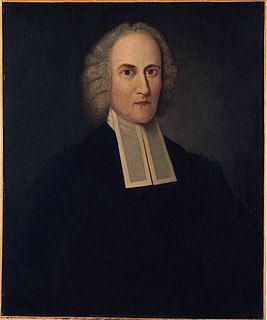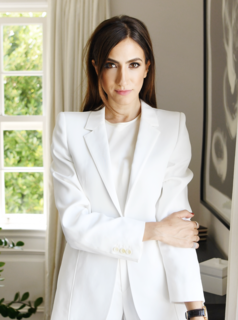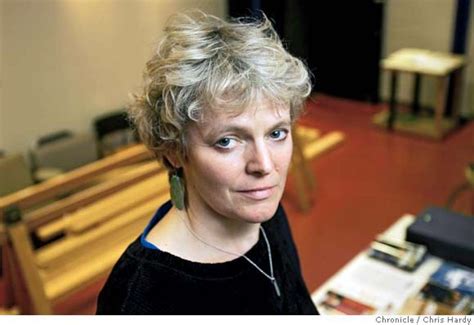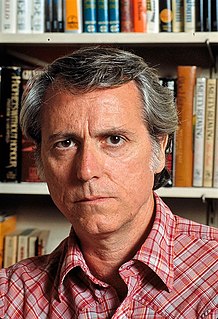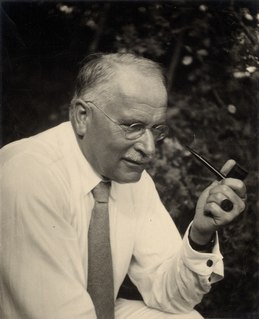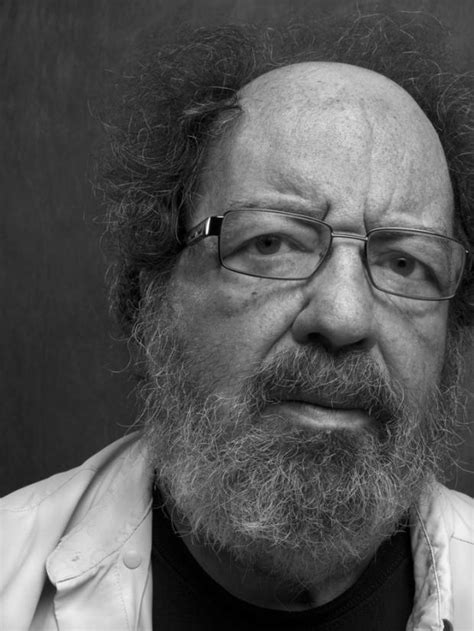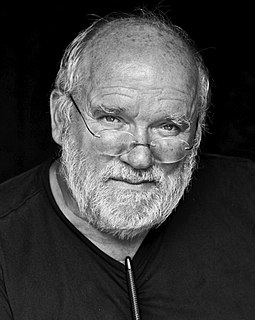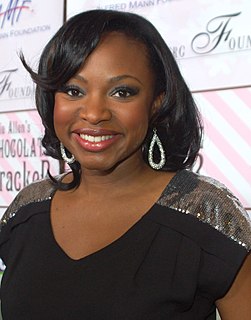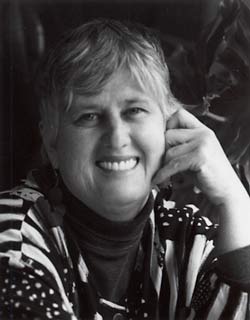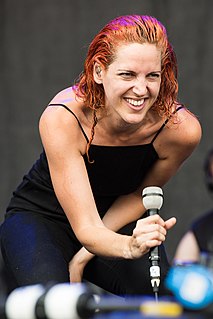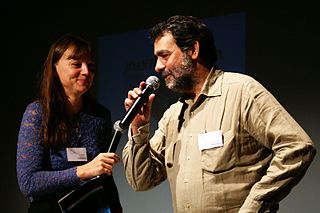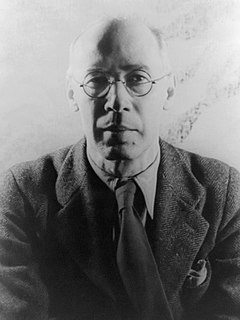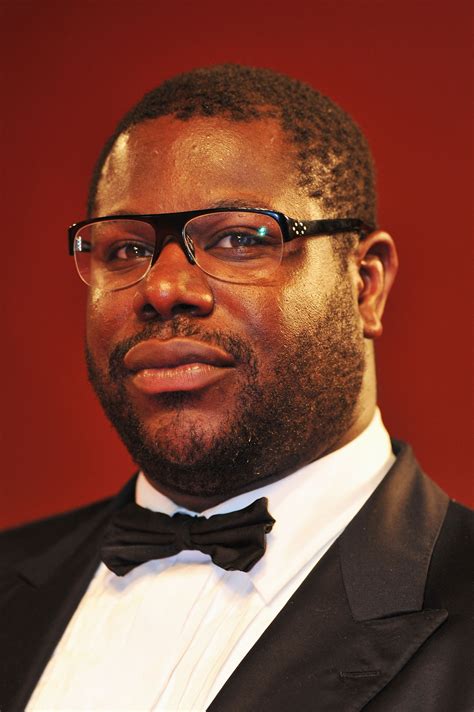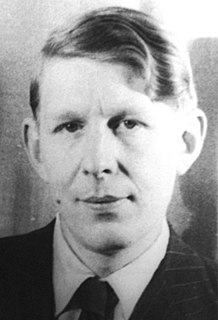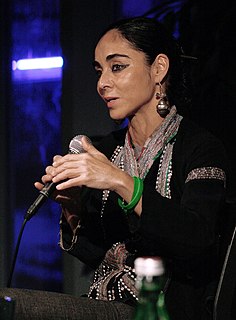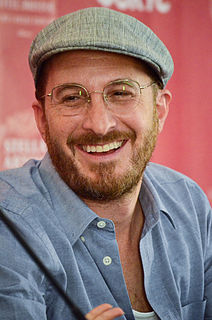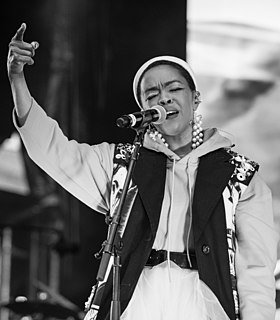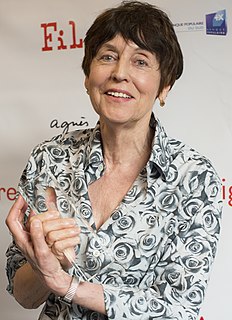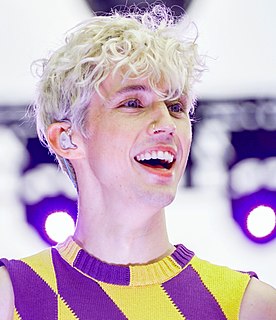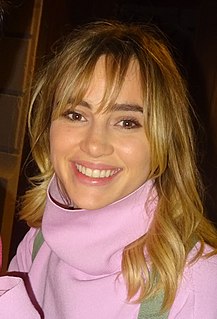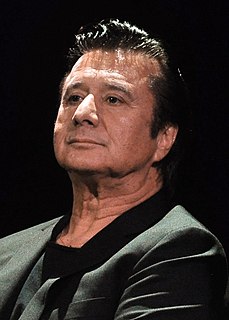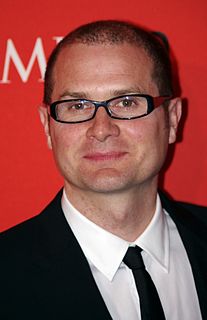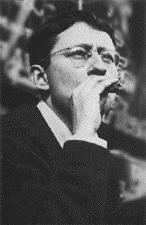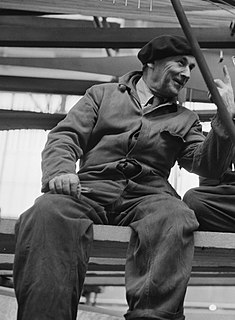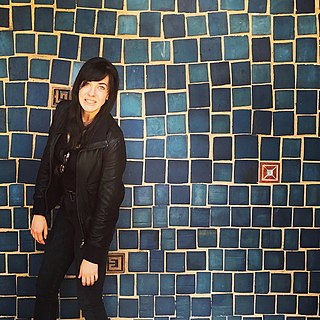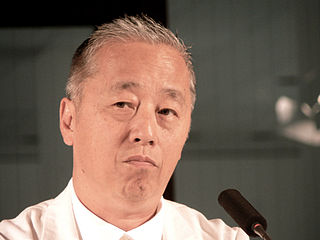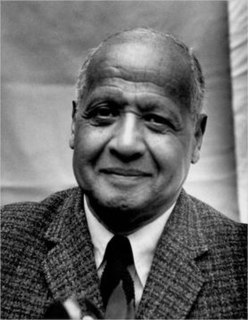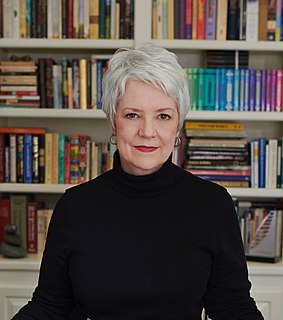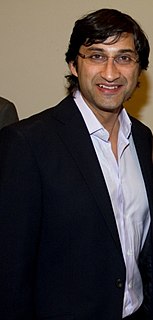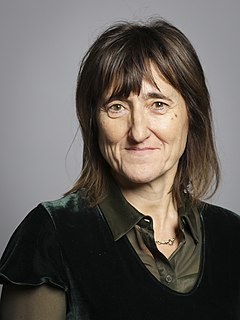Top 1200 Images Of Love Quotes & Sayings - Page 2
Explore popular Images Of Love quotes.
Last updated on November 19, 2024.
I write in order to understand the images. Being what my agent . . . somewhat ruefully calls a language playwright, is problematic because in production, you have to make the language lift off the page. But a good actor can turn it into human speech. I err sometimes toward having such a compound of images that if an actor lands heavily on each one, you never pull through to a larger idea. That's a problem for the audience. But I come to playwriting from the visual world - I used to be a painter. I also really love novels and that use of language. But it's tricky to ask that of the theatre.
It is my mind, with its store of images, that gives the world color and sound; and that supremely real and rational certainty which I can "experience" is, in its most simple form, an exceedingly complicated structure of mental images. Thus there is, in a certain sense, nothing that is directly experienced except the mind itself. Everything is mediated through the mind, translated, filtered, allegorized, twisted, even falsified by it. We are . . . enveloped in a cloud of changing and endlessly shifting images.
I too love everything that flows: rivers, sewers, lava, semen, blood, bile, words, sentences. I love the amniotic fluid when it spills out of the bag. I love the kidney with it's painful gall-stones, it's gravel and what-not; I love the urine that pours out scalding and the clap that runs endlessly; I love the words of hysterics and the sentences that flow on like dysentery and mirror all the sick images of the soul.
I've been a little disappointed in directors in America. I'm really after a theater that doesn't just deal with the actual texts that I brought in. But with a director that really deals with images too, that takes the play to another level. We have to remember that theater takes place in the third dimension, and we have to take into consideration the visual aspect of the play. I think images are important for the theater. Because I do write images.
CGI means, just to be clear, creating any type of image with a computer. Basically, starting off with nothing, or with images and manipulating them. The way we did it, everything was actual photographed images. A lot of that stuff was shot through a microscope of chemical reactions, yeast growing, lots of weird things, by Peter Parks. We put it into a computer and collaged it, manipulated it. Meaning we digitally shaped it to fit with other images. But there was no computer-generated imagery at all.
I'm not comfortable with words. I love images ,and I love sounds, and I love feelings. I like the idea of intuition. I think a lot of things in life are understood that way. But you internalize these things; they don't really pop out. Certain things are built inside - little areas of understanding. I feel that I live in darkness and confusion, and I'm trying, like we all are, to make some sort of sense of it.
I don't know whether we think in moving images or whether we think in still images. I have a suspicion that on our hard drive, our series within our brains, [exist] still photographs of very important moments in our lives. ... That we think in terms of still images and that what the photography is doing is making direct contact with the human hard drive and recording for all time a sense of what happened.
In societies where modern conditions of productions prevail, all of life presents itself as an immense accumulation of spectacles. Everything that was directly lived has moved away into representation. The images detached from every aspect of life fuse in a common stream in which the unity of this life can no longer be re-established. Reality considered partially unfolds, in its own general unity as a pseudo-world apart, an object of mere contemplation . . . The spectacle is not a collection of images, but a social relation among people, mediated by images.
We know only what we do, what we make, what we construct; and all that we make, all that we construct, are realities. I call them images, not in Plato's sense (namely that they are only reflections of reality), but I hold that these images are the reality itself and that there is no reality beyond this reality except when in our creative process we change the images: then we have created new realities.
I knew he wouldn't come, but I howled anyway, and when I did, the other wolves would pass images of him to me of what he looked like: lithe, gray, yellow-eyed. I would pass back images of my own, of a wolf on the edge of the woods, silent and cautious, watching me. The images, clear as the slender-leaved trees in front of me, made finding him seem urgent, but I didn't know how to begin to look.
Humans have changed the landscape so much, but images of the sea could be shared with primordial people. I just project my imagination on to the viewer, even the first human being. I think first and then imagine some scenes. Then I go out and look for them. Or I re-create these images with my camera. I love photography because photography is the most believable medium. Painting can lie, but photography never lies: that is what people used to believe.


